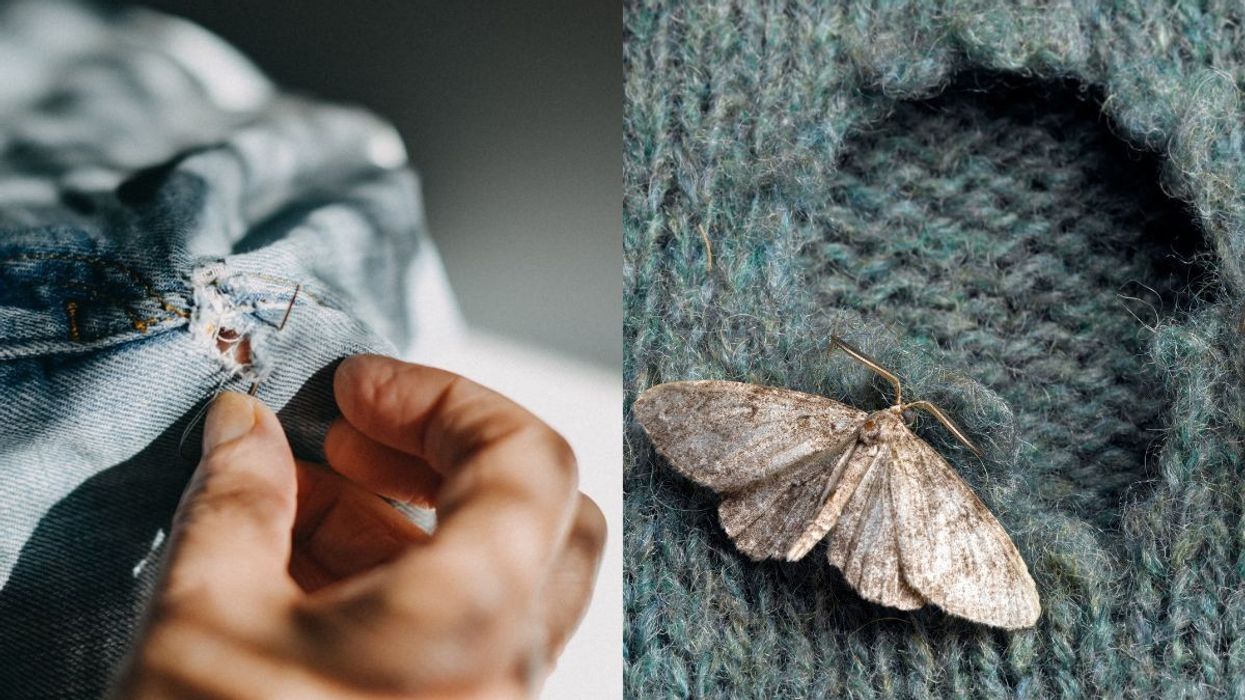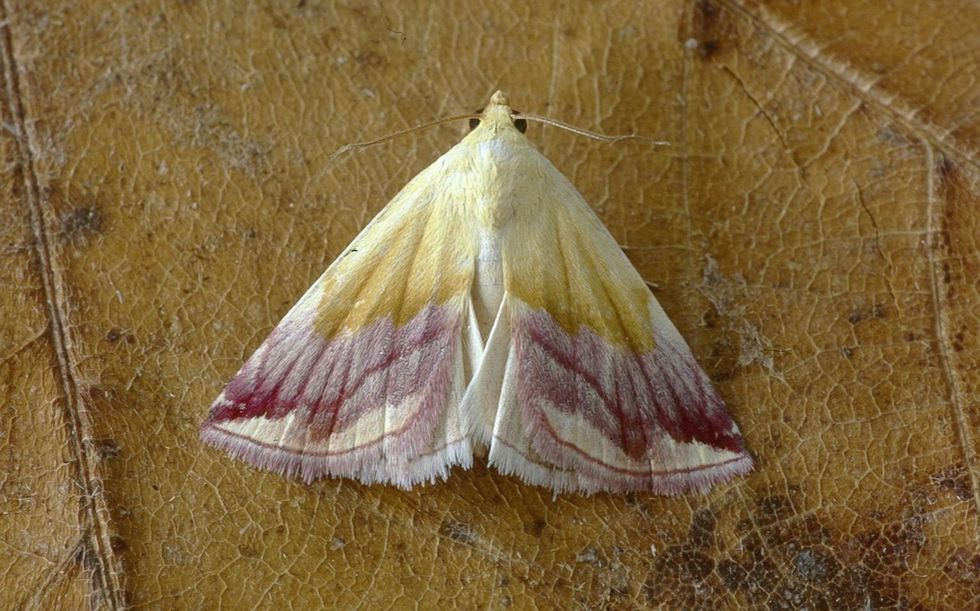A ‘simple tactic’ promises to keep wardrobes ‘moth-free’ as more pests could appear in homes within weeks

Storing clothes the right way will discourage moths from laying eggs
|Getty

The insatiable insects can be barred from your home using simple tactics
Don't Miss
Most Read
Moths unwittingly enter homes by clinging onto fabric items, nesting in foods, and slipping through the cracks and crevices of buildings.
Moths can be a problem year round although Britons may notice more start to appear within weeks as they thrive at the beginning of spring.
The two species responsible for the carnage inflicted on clothing items are the Tinea pellionella and Tineola bisselliella, who have a taste for finer fabrics like wool and cashmere.
Experts have said the most effective way to protect treasured garments from moths is by storing them correctly.
Brian Sweeney, home expert at-home assistance provider Homeserve, told GB News: “Moths can be a real pest - particularly when they get into your wardrobe and chew holes in your favourite jumpers.

Moths have an insatiable hunger for animal fibres
|PA
“But mothballs are no longer widely used as there is evidence that the chemicals they contain can be harmful to humans.
“Instead, proper storage techniques can be used to ward them off. Keep seasonal clothes vacuum-packed in the wardrobe and open food in the pantry stored in sealed containers.
“Ensuring to thoroughly clean and organise these spaces is also a simple tactic to keep areas moth-free.”
People are also encouraged to get into the habit of checking their garments for any signs of an infestation.
Seasonal garments and duvets containing duck feathers should be placed in vacuum-sealed bags to prevent further infestations.
If signs of moths arise, the affected clothing items should be sealed in a plastic bag and disposed of immediately.
Contrary to popular belief, adult moths do not eat clothes but use them to lay eggs. These then hatch into larvae, which derive essential nutrients from clothing fibres.
They will feed exclusively on animal fibres, especially wool, fur, silk, feathers and leather, leaving a path of destruction in their wake.
LATEST DEVELOPMENTS:

Moths make their way into our homes by clinging onto clothing materials
|PA
The main culprit in these fabrics is keratin; a fibrous protein that worm-like larvae of moths can digest.
The primary control measure for moth populations has historically been mothballs. It later transpired that they contained chemicals toxic to humans and pets, however.
Aside from using the aforementioned storage techniques, homeowners are encouraged to launder their clothes before storing them away, as moths favour fabrics covered in sweat and food.
They also hate being disturbed, so regularly moving garments in your wardrobe will lessen their chances of settling.










